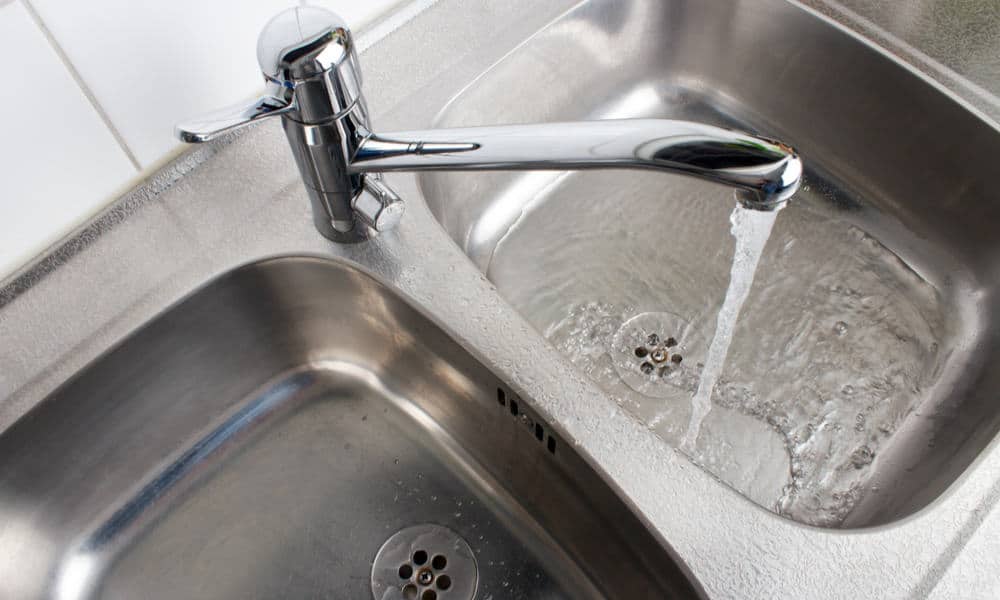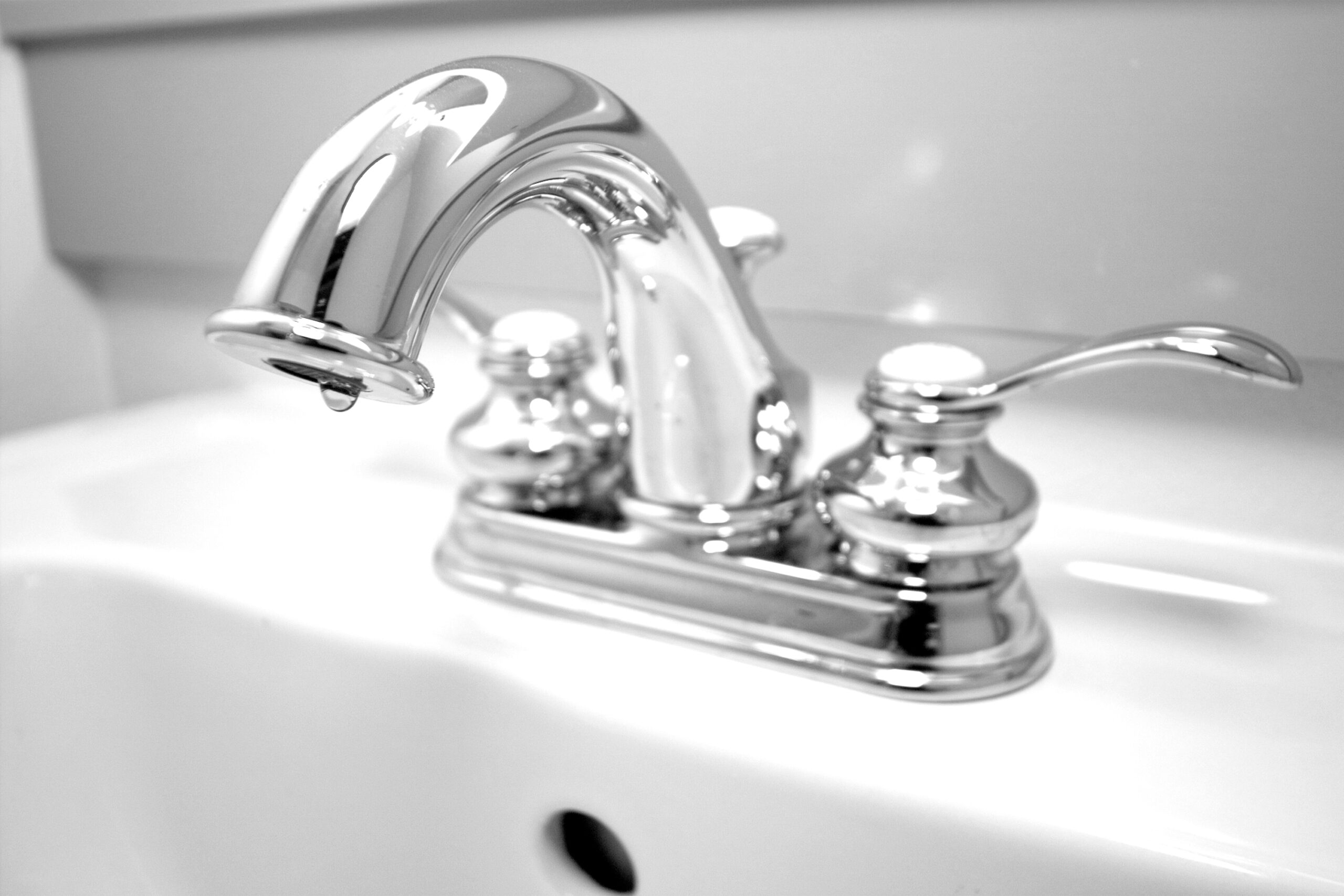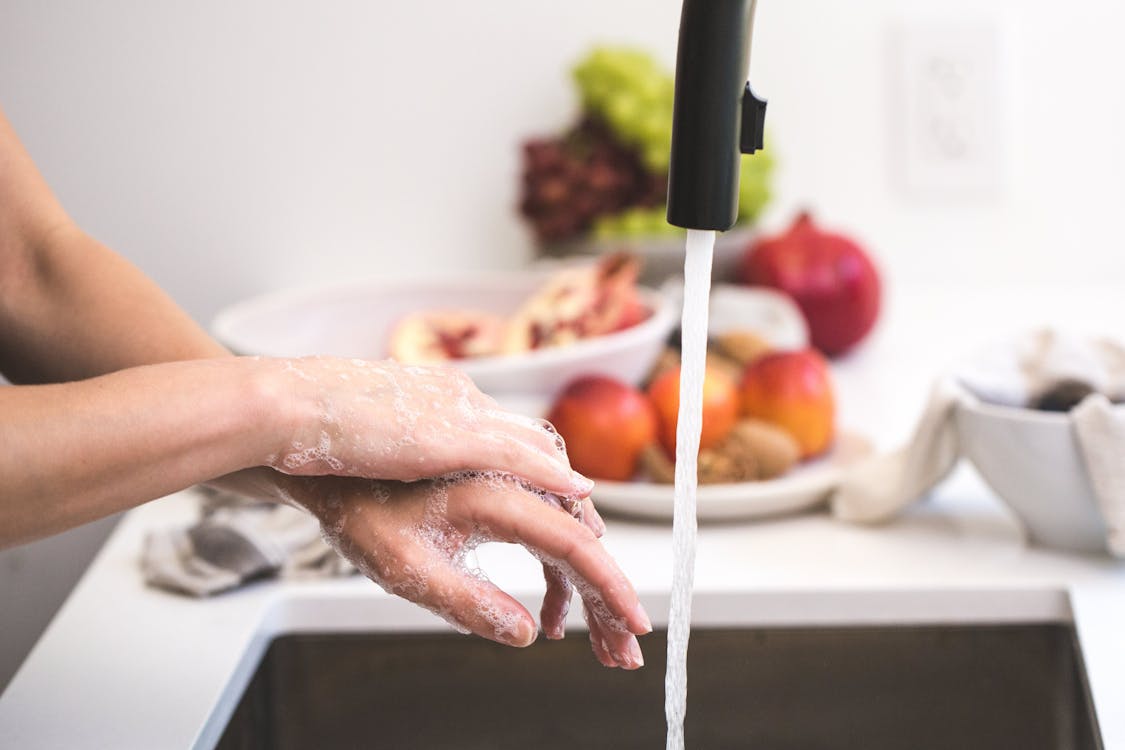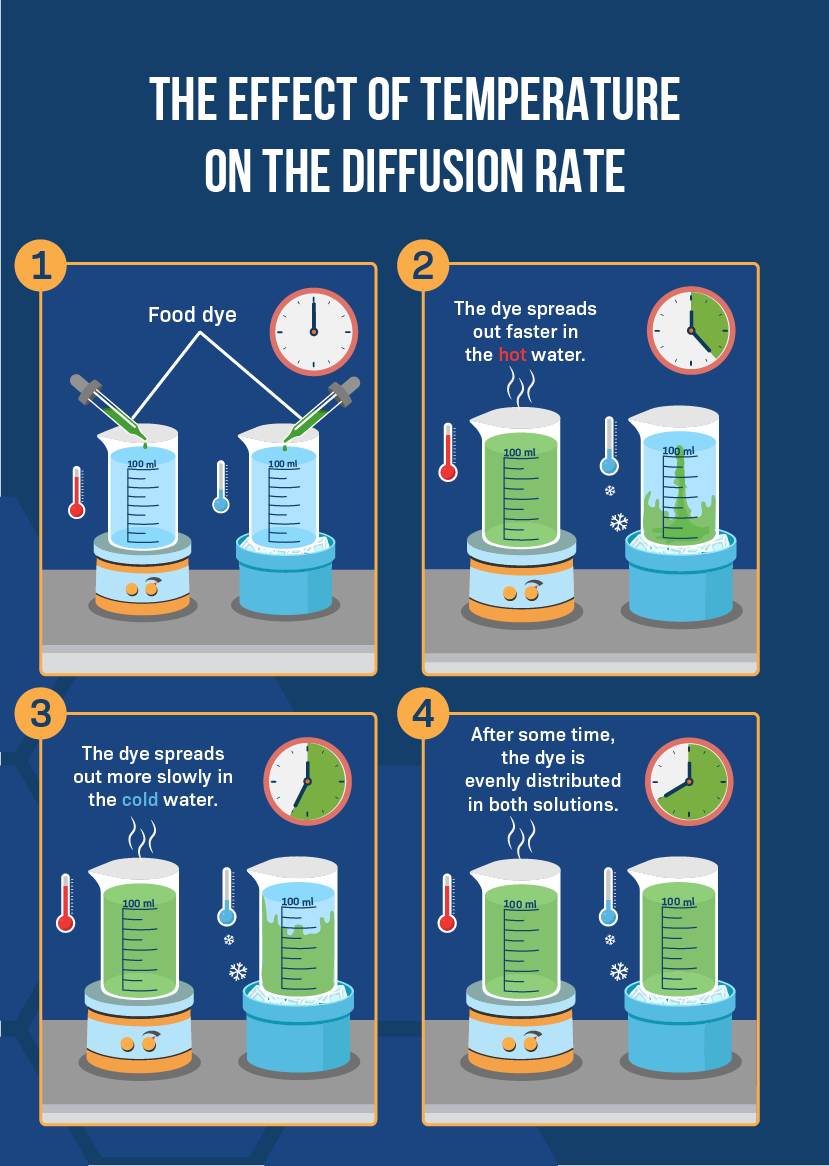If you're experiencing issues with the water flow in your kitchen sink, the first step is to determine the actual flow rate. This will give you a better understanding of the problem and help you find the right solution. To measure the flow rate of your kitchen sink, you will need a stopwatch, a one-gallon container, and a calculator. Step 1: Close the faucet and remove any aerator or flow restrictor attached to it. This will give you the most accurate measurement. Step 2: Fill the one-gallon container with water from the kitchen sink. Step 3: Start the stopwatch as you turn on the faucet to its maximum flow. Step 4: Stop the stopwatch as soon as the one-gallon container is filled. Step 5: Use the calculator to divide the time in seconds by 60 to get the flow rate in gallons per minute (GPM). Once you have the flow rate, you can compare it to the standard flow rate for kitchen sinks, which is typically between 1.5 and 2.2 GPM. If your flow rate is significantly lower than this, you may need to take steps to increase it.1. How to Measure the Flow Rate of Your Kitchen Sink
Low water flow in your kitchen sink can be frustrating, but there are a few things you can do to increase it: Tip 1: Clean or replace the aerator or flow restrictor – Over time, these components can become clogged with mineral deposits and debris, which can restrict water flow. Cleaning or replacing them can improve the flow rate. Tip 2: Check for leaks – A leak in your kitchen sink can significantly reduce the water flow. Check for any leaks and fix them promptly. Tip 3: Remove any obstructions – Make sure there are no obstructions in the pipes or the faucet itself. Sometimes debris or buildup can block the flow of water. Tip 4: Install a high-flow faucet – If you have an older faucet, consider upgrading to a newer, high-flow model that is designed to deliver a stronger water flow. Tip 5: Check your water pressure – Low water pressure can also affect the flow rate in your kitchen sink. If your water pressure is low, you may need to adjust the water pressure regulator or replace it.2. Tips for Increasing Water Flow Rate in Your Kitchen Sink
Did you know that there are regulations in place for the maximum water flow rate in kitchen sinks? These regulations are set by the Environmental Protection Agency (EPA) and are designed to promote water conservation and reduce water waste. The maximum flow rate allowed for kitchen sinks is 2.2 GPM. However, some states and municipalities may have stricter regulations in place. It's essential to check with your local authorities to ensure your kitchen sink is compliant with the regulations in your area. While these regulations may seem restrictive, they are essential for conserving water and protecting the environment. By following these regulations, you can help reduce water waste and contribute to a more sustainable future.3. Understanding Water Flow Rate Regulations for Kitchen Sinks
If you're looking to upgrade your kitchen sink faucet and want to ensure a high water flow rate, there are a few options available: Option 1: Single-handle faucets – These faucets typically have a higher flow rate compared to dual-handle faucets. They also offer more control over the water temperature and flow. Option 2: Pull-down or pull-out faucets – These types of faucets have a higher flow rate compared to traditional faucets. The pull-down or pull-out spray head allows for more water flow and pressure. Option 3: High-flow faucets – Some manufacturers offer faucets specifically designed to provide a high water flow rate. These faucets can deliver a flow rate of over 2.2 GPM, making them a great choice for those who value a strong water flow. When choosing a new faucet, make sure to check the flow rate before making a purchase. Look for faucets with a flow rate of 2.2 GPM or higher to ensure a powerful water flow in your kitchen sink.4. The Best Kitchen Sink Faucets for High Water Flow Rate
If you're experiencing low water flow in your kitchen sink, here are a few troubleshooting steps you can take: Step 1: Check the other faucets in your home – If all the faucets in your home are experiencing low water flow, the issue may be with your main water supply. Contact your water provider for assistance. Step 2: Check the shut-off valves – Make sure the shut-off valve under your sink is fully open. If it's partially closed, it can restrict the water flow. Step 3: Check for blockages – Make sure there are no obstructions in the pipes or the faucet itself. If you find any debris or buildup, clean or replace the affected parts. Step 4: Check the aerator or flow restrictor – As mentioned earlier, these components can become clogged with mineral deposits and debris, reducing the water flow. Clean or replace them as needed. If none of these troubleshooting steps work, it may be time to call a plumber to diagnose and fix the issue.5. How to Troubleshoot Low Water Flow in Your Kitchen Sink
The water flow rate in your kitchen sink can have a significant impact on its performance. A low flow rate can affect how quickly you can fill pots and pans, wash dishes, or rinse fruits and vegetables. It can also affect the water pressure, making it difficult to remove stubborn food residue from dishes and utensils. A high flow rate, on the other hand, can make tasks like filling a pot with water or cleaning the sink much more manageable and faster. It can also provide better water pressure, making it easier to clean dishes and utensils thoroughly. By understanding and managing the water flow rate in your kitchen sink, you can ensure optimal performance and make your daily kitchen tasks more efficient.6. The Impact of Water Flow Rate on Your Kitchen Sink's Performance
There are several types of kitchen sink water flow rates available, each with its own pros and cons: Low flow rate: Low flow rates are typically around 1.5 GPM. They are designed to conserve water and reduce water waste, making them an eco-friendly option. However, they may not provide enough water pressure for more demanding tasks. Standard flow rate: The standard flow rate for kitchen sinks is 2.2 GPM. This flow rate strikes a balance between water conservation and providing enough water pressure for daily tasks. It's a good option for those looking for a reliable and efficient flow rate. High flow rate: High flow rates can range from 2.5 to 3.5 GPM. These flow rates are ideal for those who want a strong water flow for tasks like filling pots and pans or cleaning the sink quickly. However, they may use more water, which can lead to higher water bills. When choosing a water flow rate for your kitchen sink, consider your needs and preferences. If you value water conservation, a low flow rate may be the best option. If you want a more powerful water flow, a high flow rate may be a better choice.7. Comparing Different Types of Kitchen Sink Water Flow Rates
If you have a dual handle kitchen sink faucet and want to increase the water flow rate, here's what you can do: Step 1: Identify the type of faucet you have – Some dual handle faucets have a separate hot and cold water handle, while others have a single handle that controls both hot and cold water. Knowing what type of faucet you have will help you determine the next steps. Step 2: Clean the aerator or flow restrictor – As mentioned earlier, these components can become clogged with debris, reducing the water flow. Cleaning or replacing them may increase the flow rate. Step 3: Adjust the water pressure – Check the water pressure regulator and adjust it as needed. You can also increase the water pressure by partially closing the shut-off valves under the sink. Step 4: Upgrade to a high-flow faucet – If none of the above steps work, consider upgrading to a high-flow faucet. This type of faucet is designed to provide a powerful water flow, making it a great option for those with a dual handle faucet.8. How to Increase Water Flow Rate in a Dual Handle Kitchen Sink Faucet
Maintaining a consistent water flow rate in your kitchen sink is essential for several reasons: Reason 1: Efficient use of water – A consistent flow rate ensures that you're not wasting water unnecessarily. This is not only good for the environment but can also help lower your water bills. Reason 2: Optimal performance – As mentioned earlier, a consistent flow rate is necessary for optimal performance of your kitchen sink. It ensures that you can complete tasks quickly and efficiently. Reason 3: Prevents damage – Fluctuations in water flow rate can put stress on your pipes and faucet, leading to potential damage. Maintaining a consistent flow rate can help prevent this and prolong the lifespan of your kitchen sink's components. By regularly checking and maintaining the water flow rate in your kitchen sink, you can ensure that it continues to function properly and efficiently.9. The Importance of Maintaining a Consistent Water Flow Rate in Your Kitchen Sink
Several factors can affect the water flow rate in your kitchen sink: Factor 1: Water pressure – As mentioned earlier, low water pressure can significantly reduce the flow rate in your kitchen sink. Factor 2: Obstructions – Debris or mineral buildup in the pipes or faucet can restrict the flow of water. Factor 3: Faucet type – Different types of faucets have different flow rates. For example, single-handle faucets typically have a higher flow rate compared to dual-handle faucets. Factor 4: Aerator or flow restrictor – These components are designed to regulate the flow of water and can affect the overall flow rate. Factor 5: Water conservation regulations – As mentioned earlier, there are regulations in place for the maximum flow rate in kitchen sinks. These regulations can affect the flow rate in your kitchen sink. By understanding these factors, you can better troubleshoot and manage any issues with your kitchen sink's water flow rate.10. Understanding the Factors that Affect Water Flow Rate in Your Kitchen Sink
Understanding the Importance of Water Flow Rate in Your Kitchen Sink
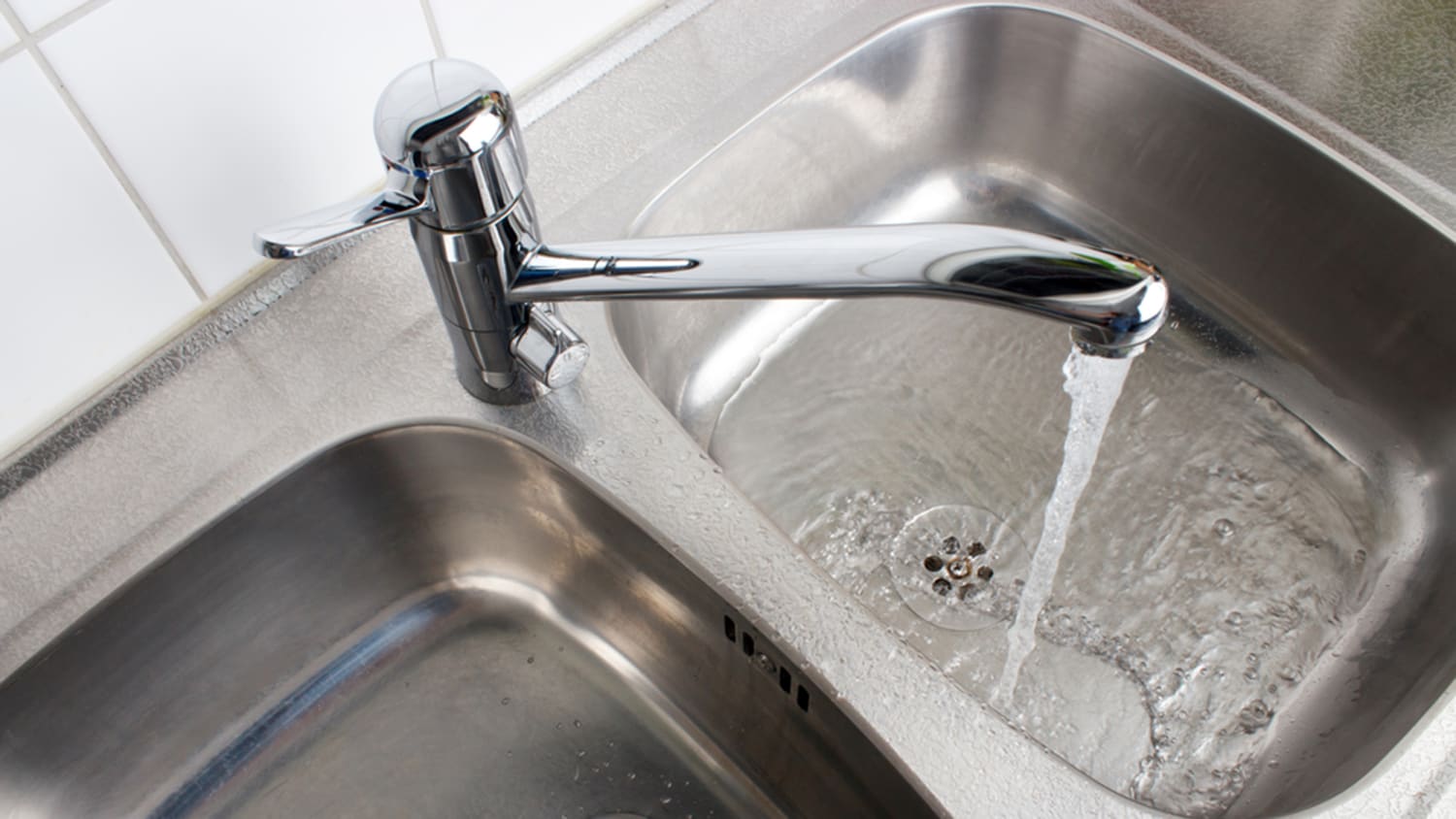
Why Does the Water Flow Rate Matter?
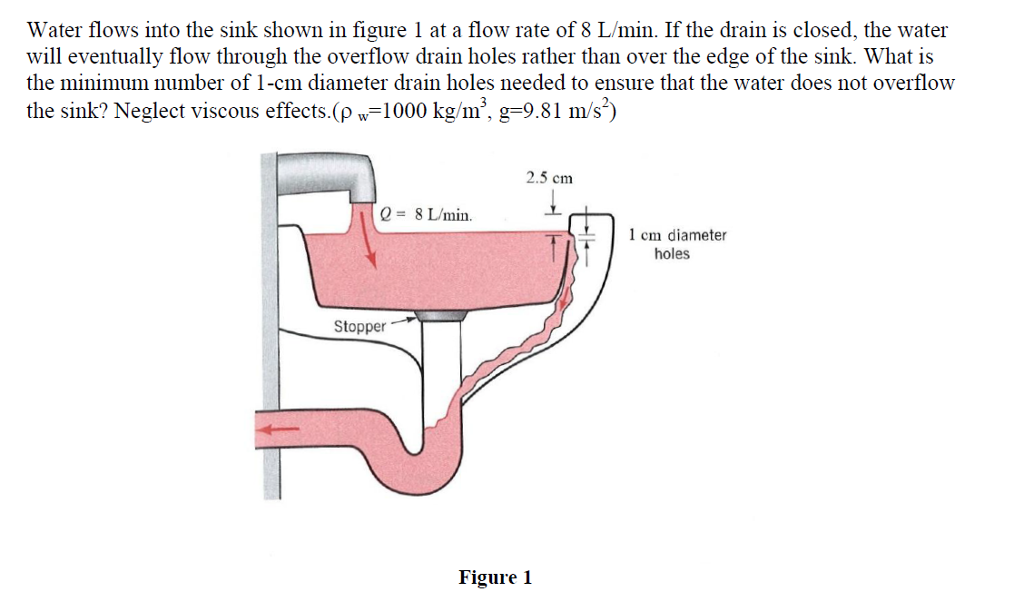 When designing your dream home, every detail counts. From the color of the walls to the type of flooring, each decision plays a crucial role in creating a functional and aesthetically pleasing space. One often overlooked aspect of house design is the
water flow rate
of your kitchen sink. You may be wondering, why does it even matter? Well, let me tell you, it matters more than you think.
Having a high
water flow rate
in your kitchen sink can make a world of difference in your daily routine. Imagine trying to wash a sink full of dishes with a slow and weak stream of water. It would take much longer and require more effort than if you had a strong and steady flow. Additionally, a high
water flow rate
can also help with filling pots and pans, making cooking and cleaning tasks more efficient and less time-consuming.
When designing your dream home, every detail counts. From the color of the walls to the type of flooring, each decision plays a crucial role in creating a functional and aesthetically pleasing space. One often overlooked aspect of house design is the
water flow rate
of your kitchen sink. You may be wondering, why does it even matter? Well, let me tell you, it matters more than you think.
Having a high
water flow rate
in your kitchen sink can make a world of difference in your daily routine. Imagine trying to wash a sink full of dishes with a slow and weak stream of water. It would take much longer and require more effort than if you had a strong and steady flow. Additionally, a high
water flow rate
can also help with filling pots and pans, making cooking and cleaning tasks more efficient and less time-consuming.
The Impact on Your Daily Life
 Your kitchen sink is one of the most frequently used fixtures in your home. From washing your hands to rinsing fruits and vegetables, it is essential to have a reliable and efficient
water flow rate
. This becomes even more crucial if you have a large family or frequently entertain guests. No one wants to wait around for the sink to fill up or struggle with a weak stream of water when trying to get through daily chores.
Your kitchen sink is one of the most frequently used fixtures in your home. From washing your hands to rinsing fruits and vegetables, it is essential to have a reliable and efficient
water flow rate
. This becomes even more crucial if you have a large family or frequently entertain guests. No one wants to wait around for the sink to fill up or struggle with a weak stream of water when trying to get through daily chores.
Factors That Affect Water Flow Rate
 There are several factors that can impact the
water flow rate
of your kitchen sink. One of the main factors is the diameter of the pipes. The wider the pipes, the more water can flow through them, resulting in a higher
water flow rate
. Another factor is the water pressure in your home. If the pressure is too low, it can affect the flow of water in your sink. It is essential to have a professional plumber assess these factors and make any necessary adjustments to ensure optimal
water flow rate
in your kitchen sink.
In conclusion, the
water flow rate
of your kitchen sink may seem like a small detail in the grand scheme of house design, but it can greatly impact your daily life. It is crucial to consider this factor when building or renovating your home to ensure maximum efficiency and convenience. So, next time you turn on your kitchen sink, pay attention to the
water flow rate
and see if it may be time for an upgrade.
There are several factors that can impact the
water flow rate
of your kitchen sink. One of the main factors is the diameter of the pipes. The wider the pipes, the more water can flow through them, resulting in a higher
water flow rate
. Another factor is the water pressure in your home. If the pressure is too low, it can affect the flow of water in your sink. It is essential to have a professional plumber assess these factors and make any necessary adjustments to ensure optimal
water flow rate
in your kitchen sink.
In conclusion, the
water flow rate
of your kitchen sink may seem like a small detail in the grand scheme of house design, but it can greatly impact your daily life. It is crucial to consider this factor when building or renovating your home to ensure maximum efficiency and convenience. So, next time you turn on your kitchen sink, pay attention to the
water flow rate
and see if it may be time for an upgrade.









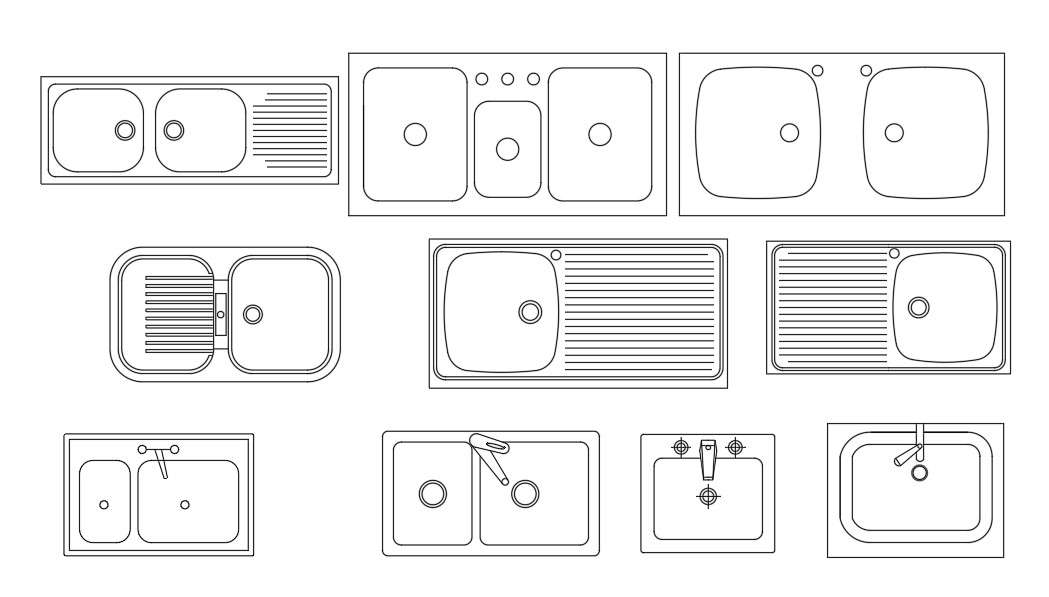








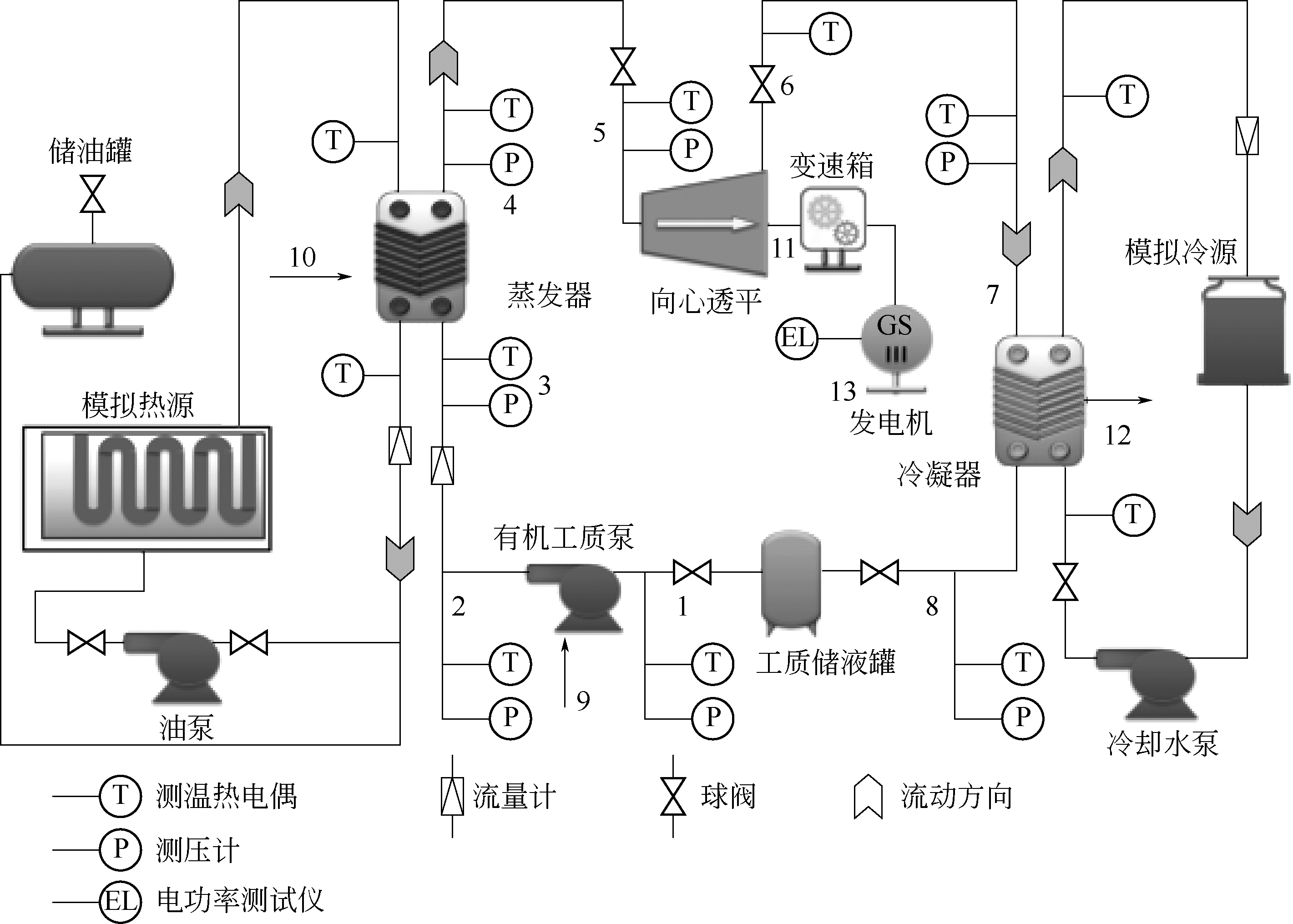





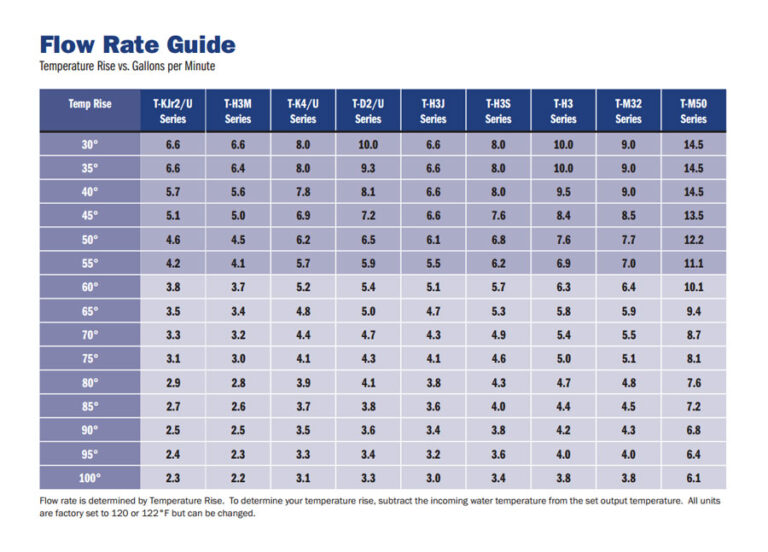





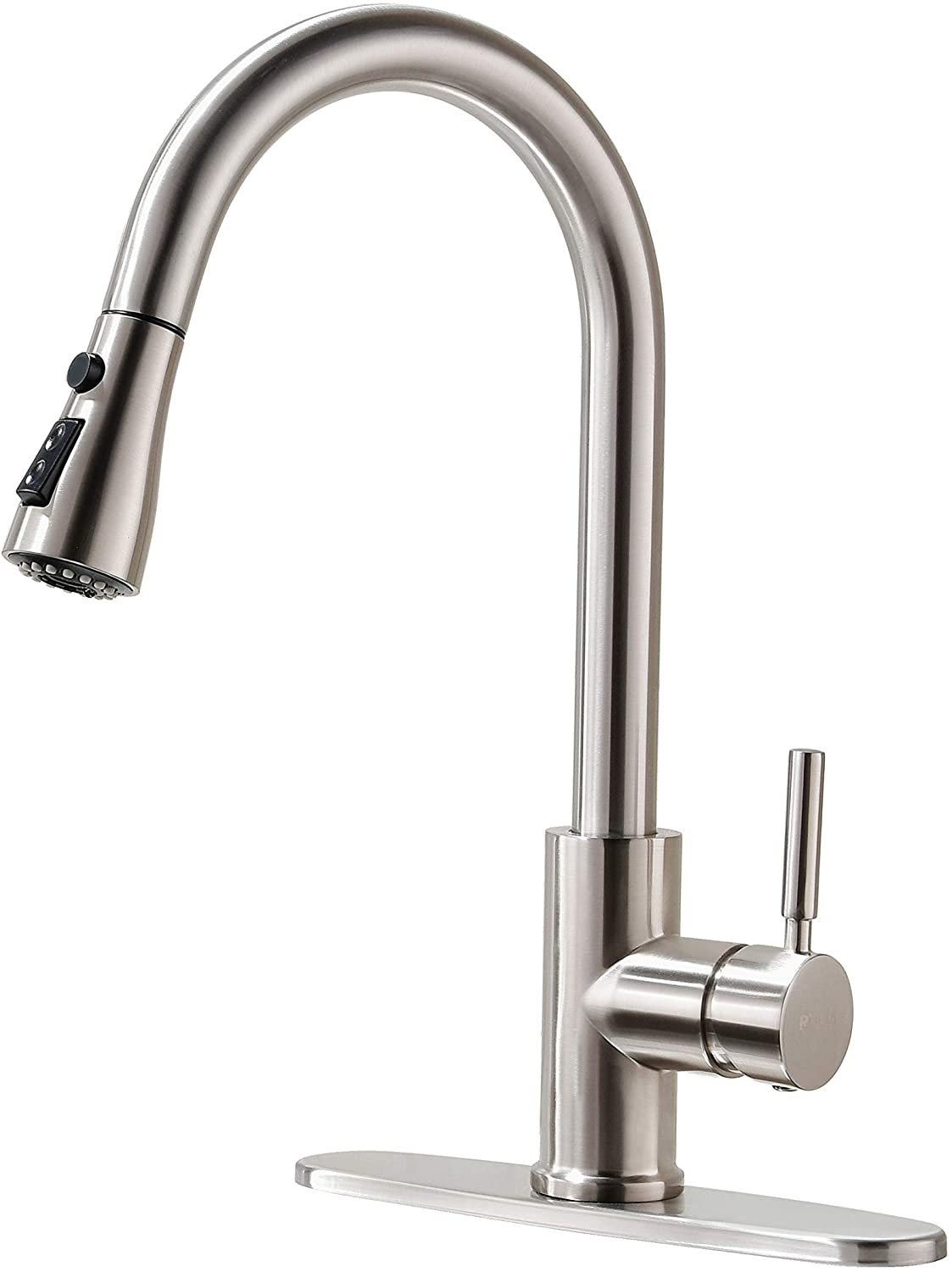
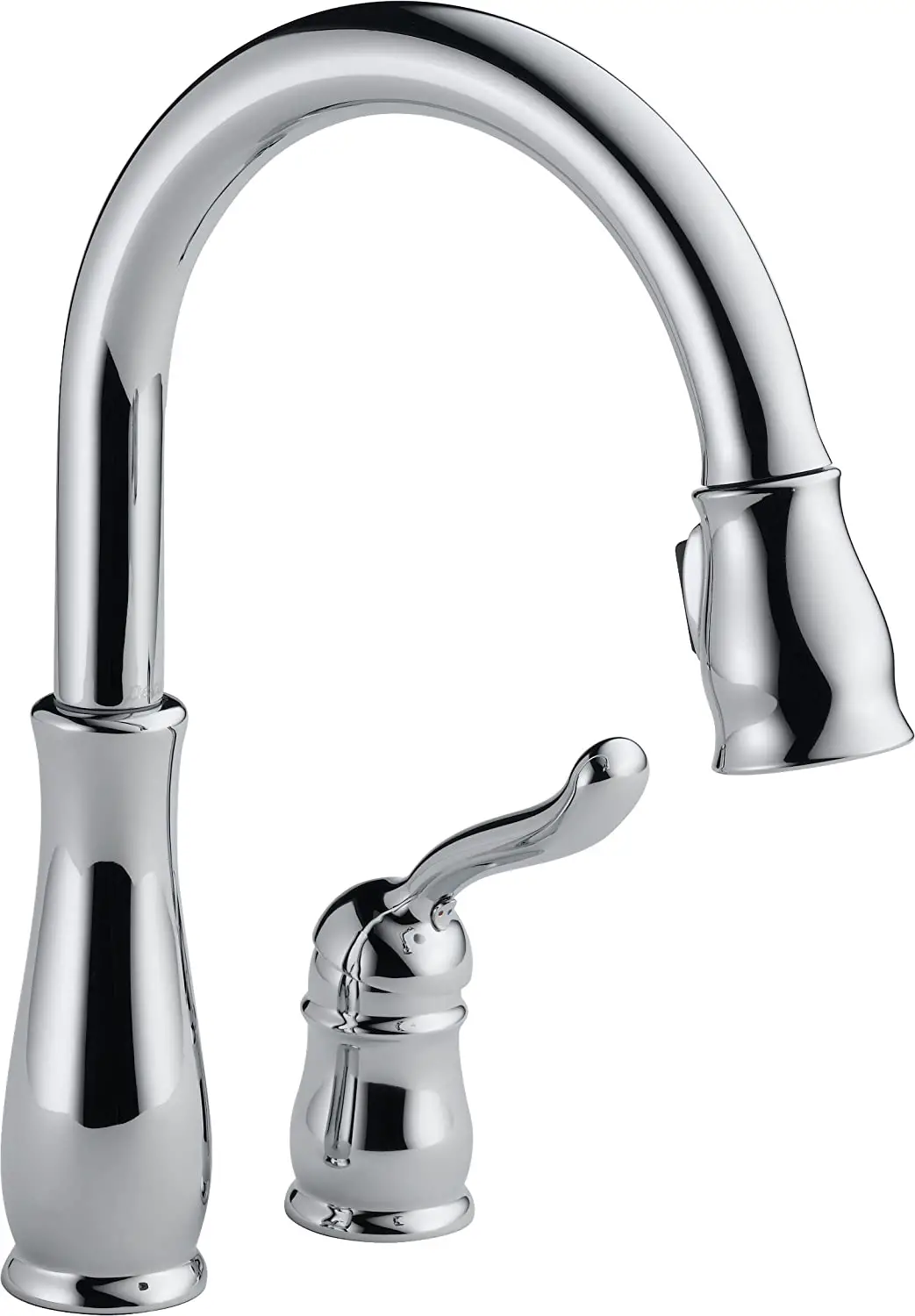
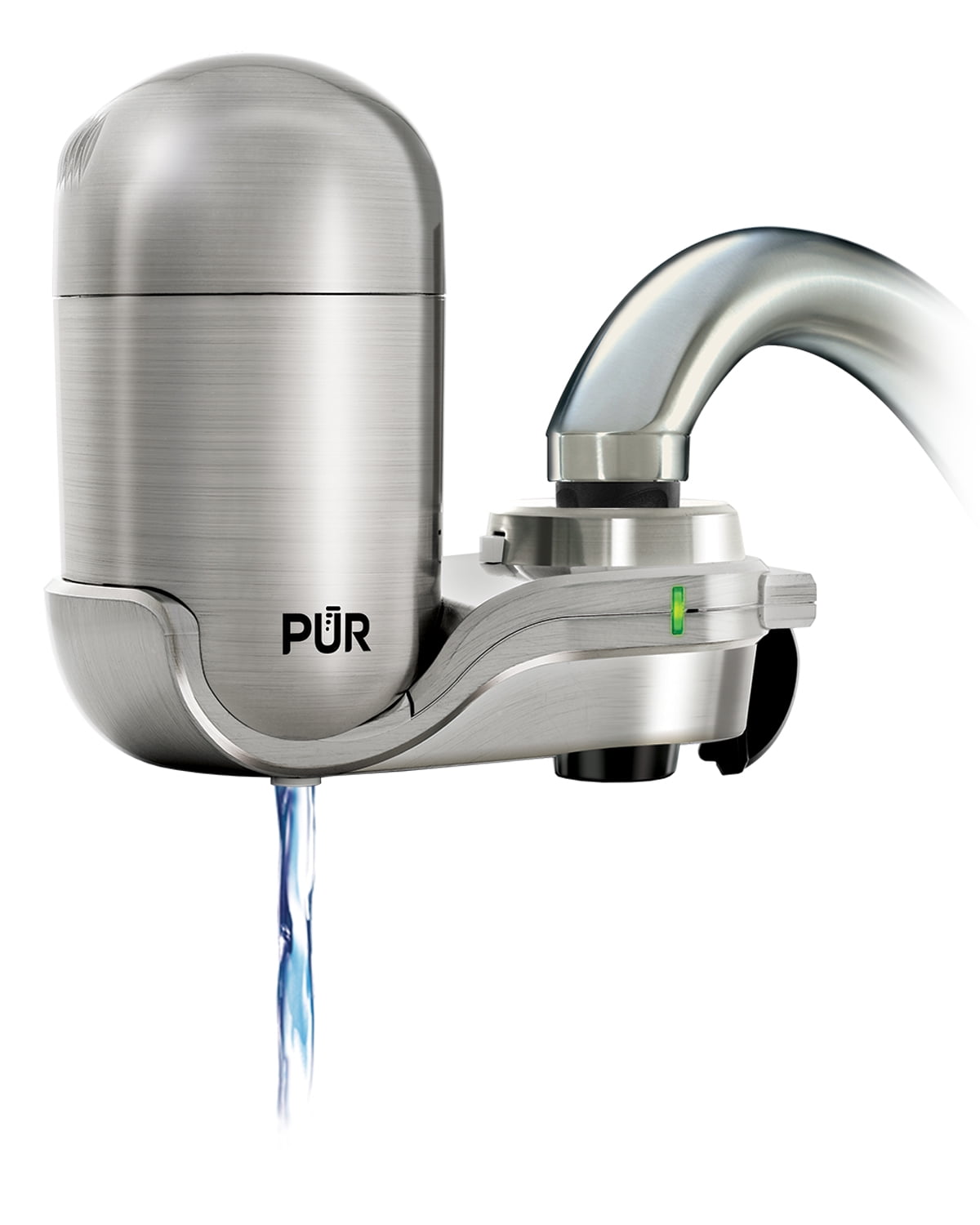


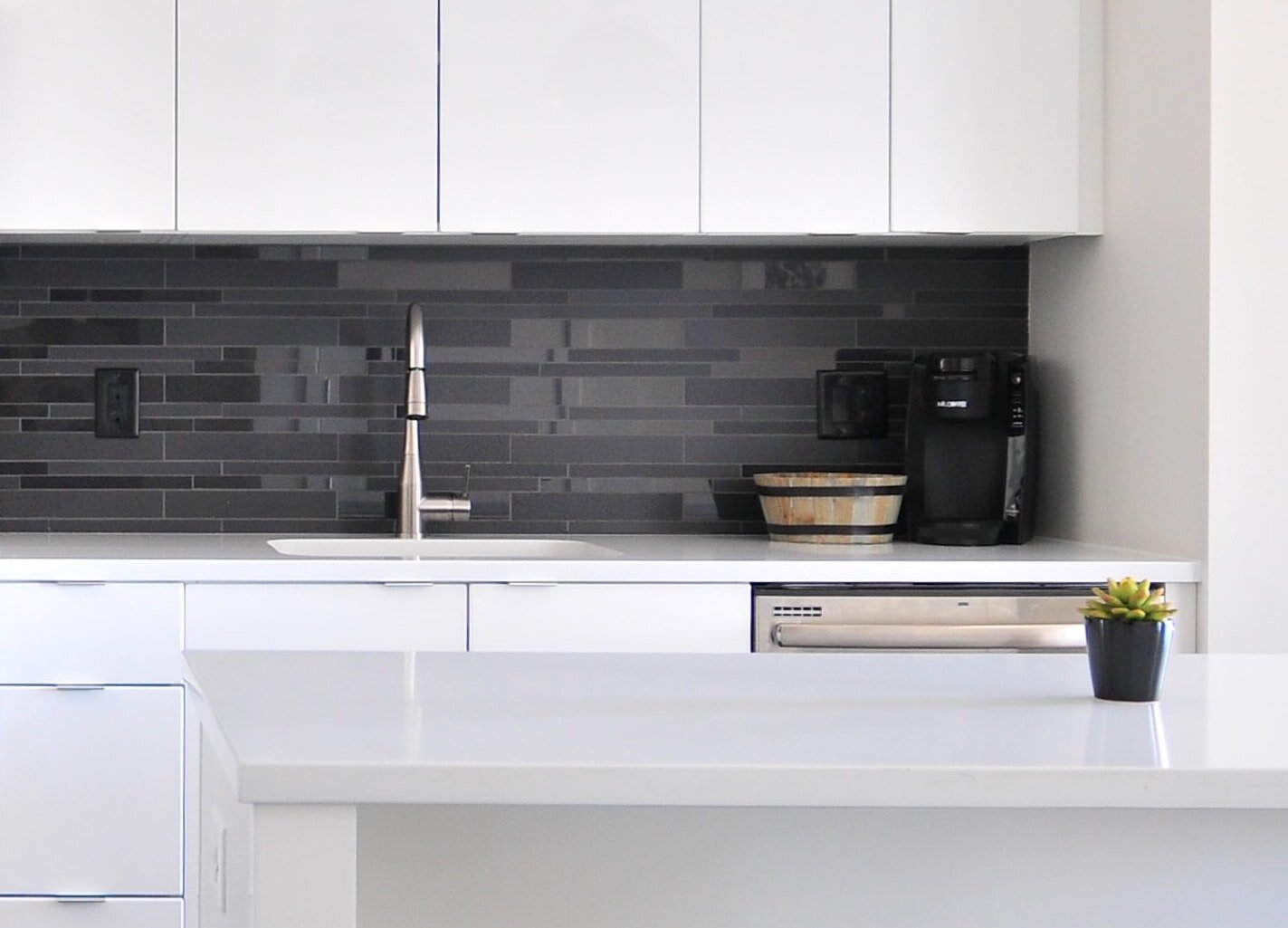

























:max_bytes(150000):strip_icc()/Basic-kitchen-sink-types-1821207_color_rev-0b539306b9ef4236a136624ad2a89a4c.jpg)


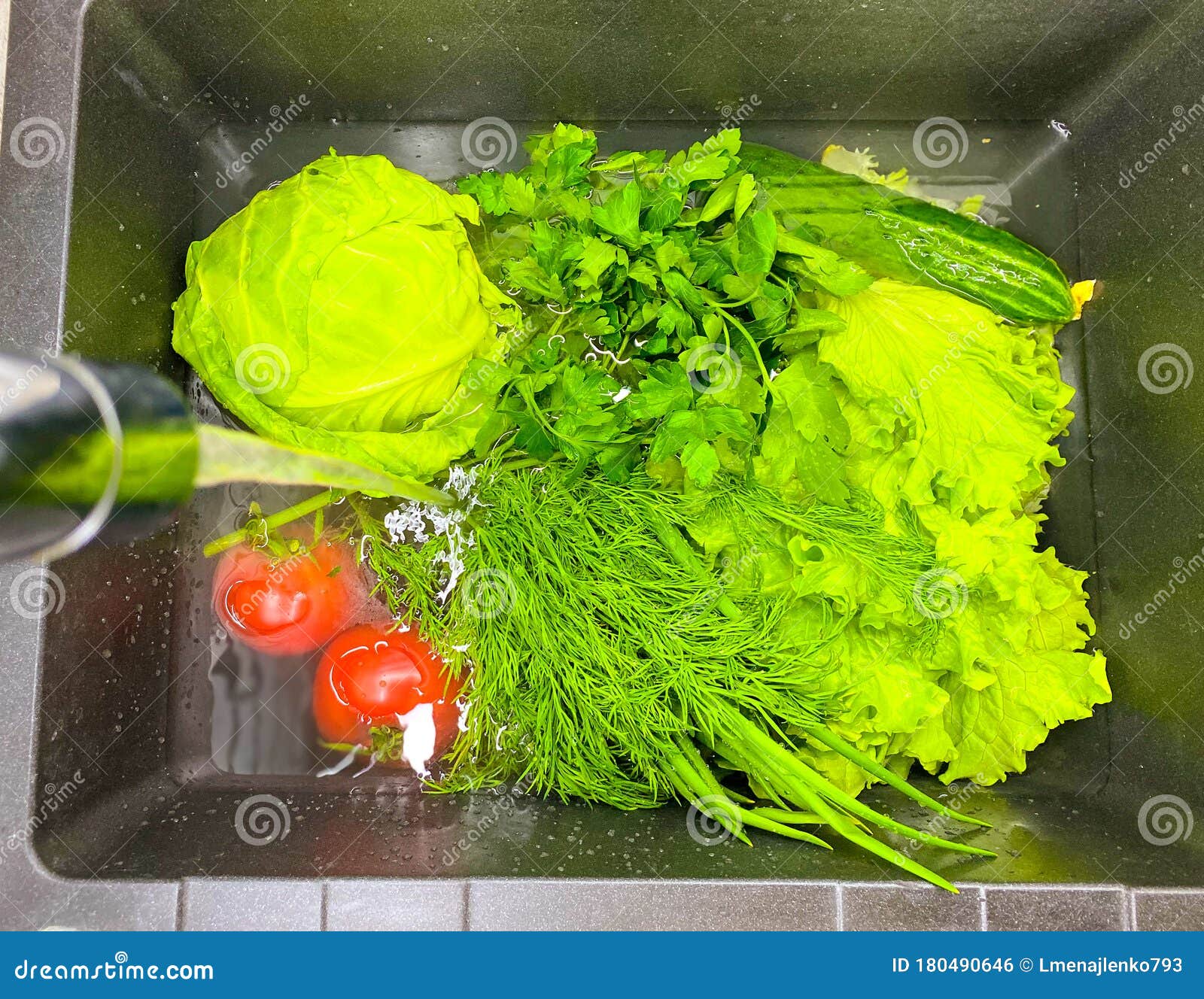



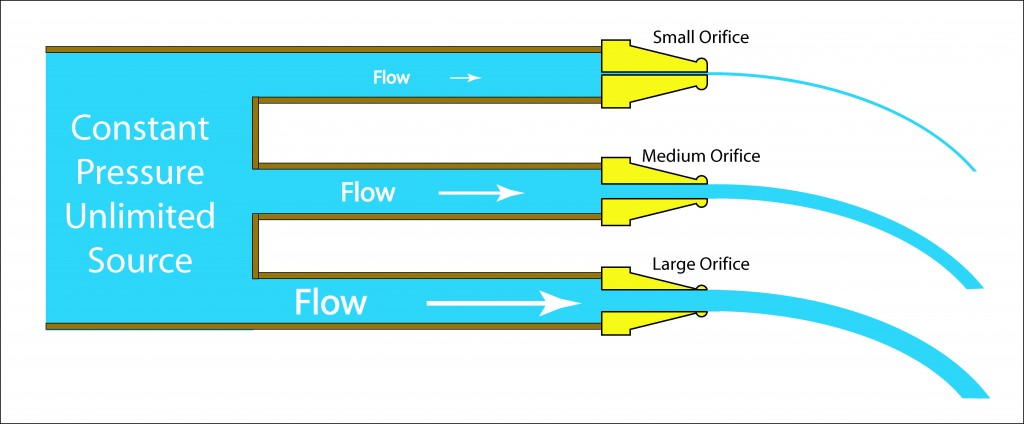
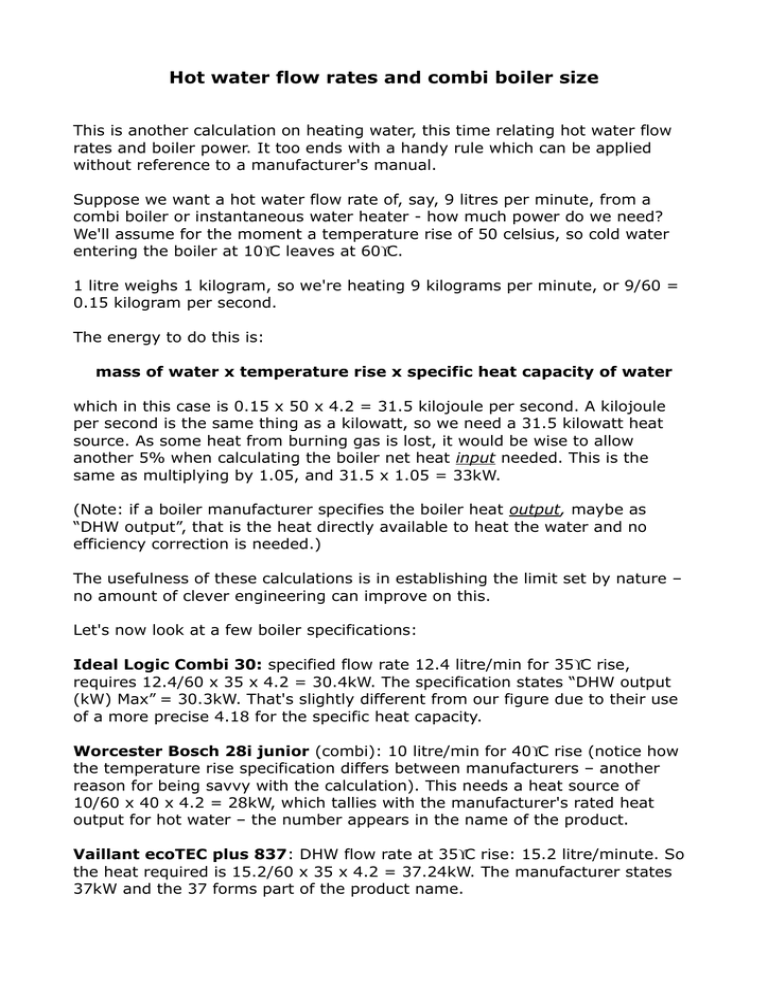

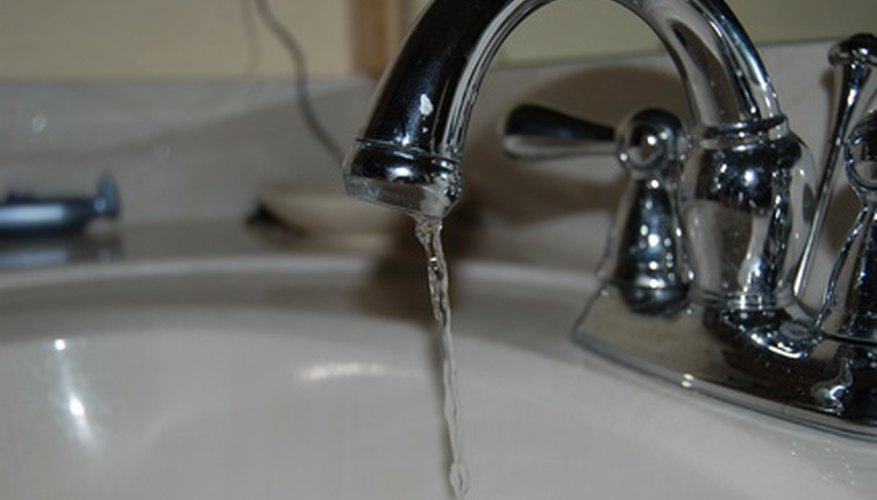
:no_upscale()/cdn.vox-cdn.com/uploads/chorus_asset/file/19495086/drain_0.jpg)
